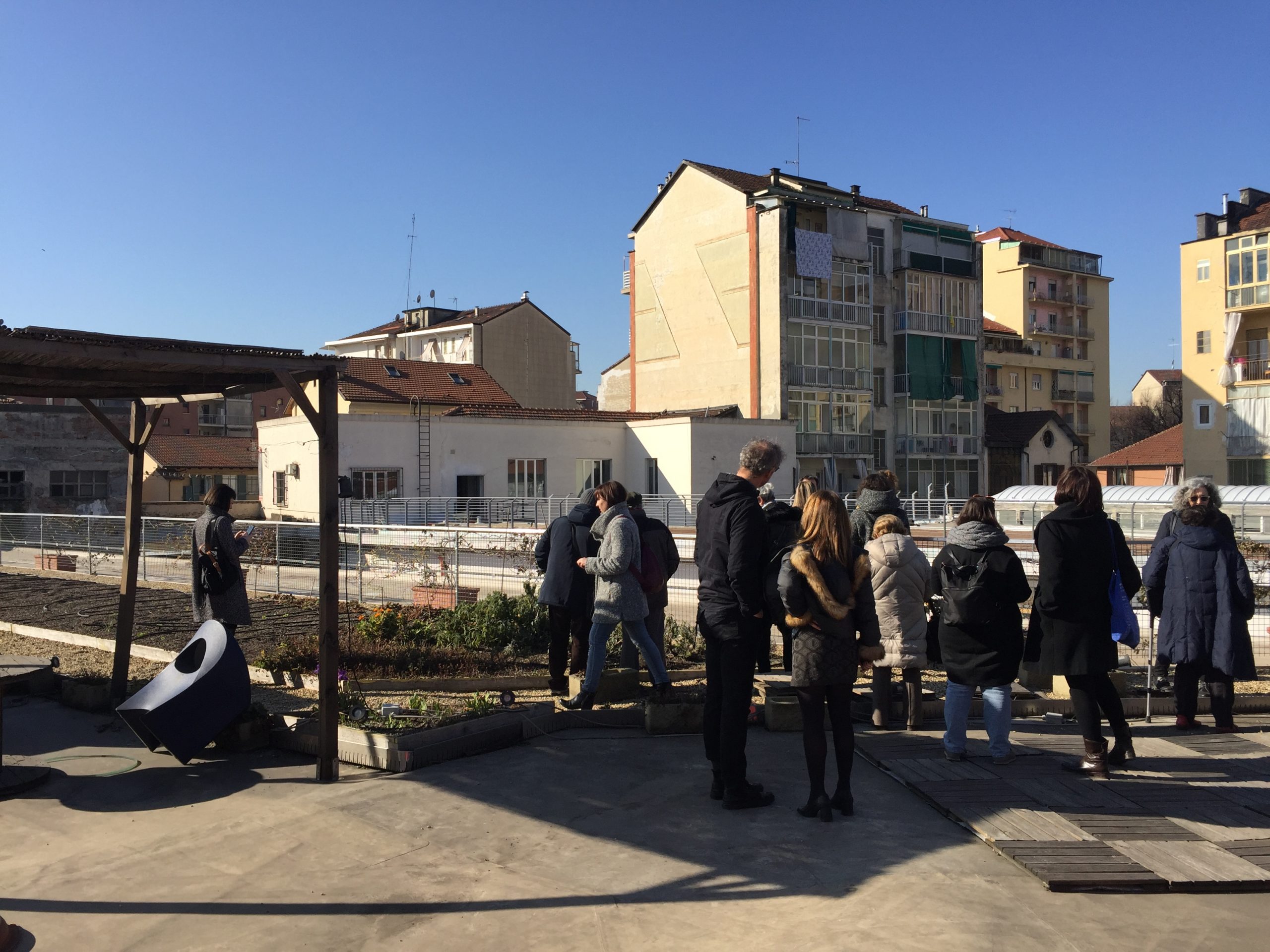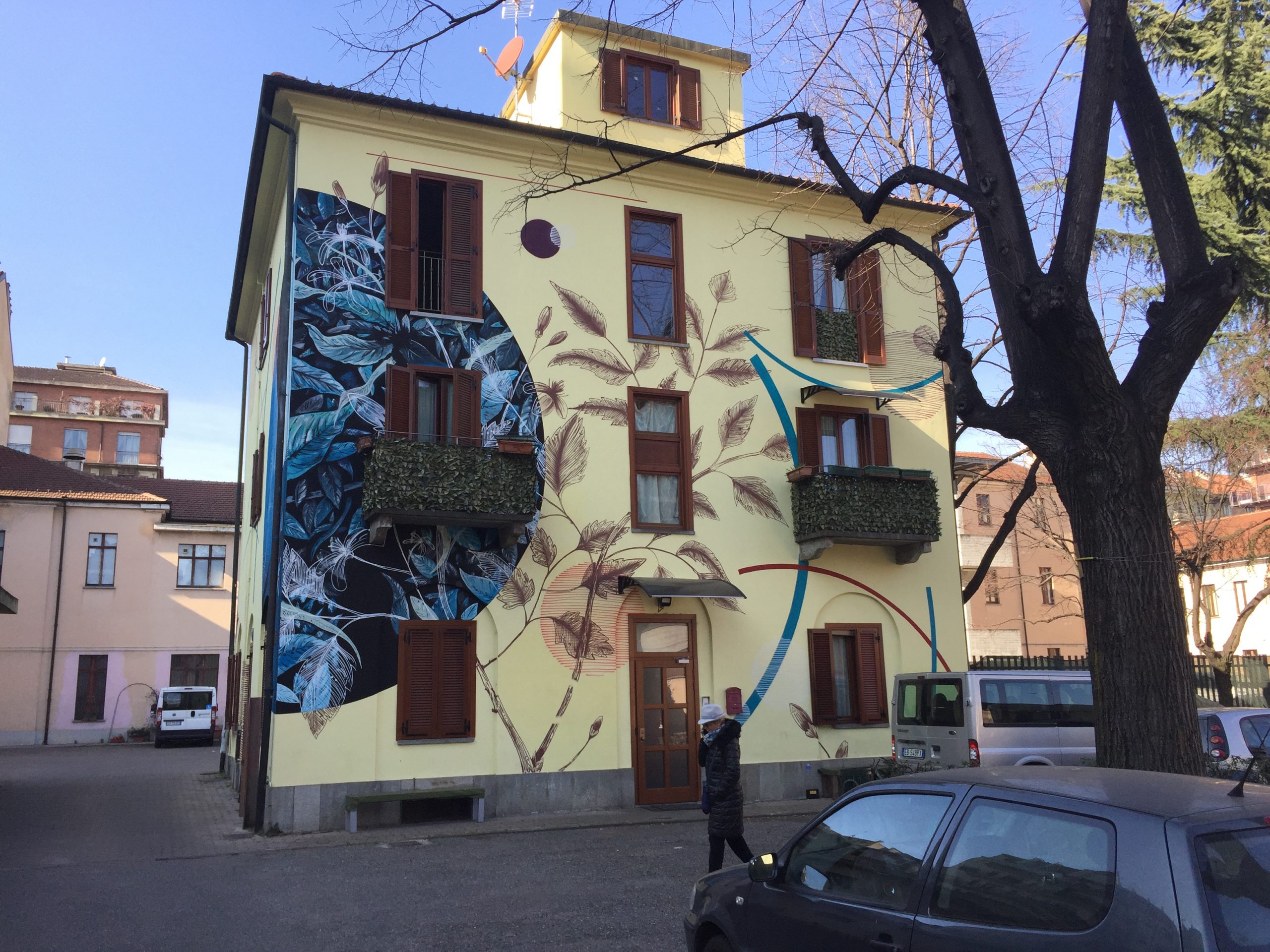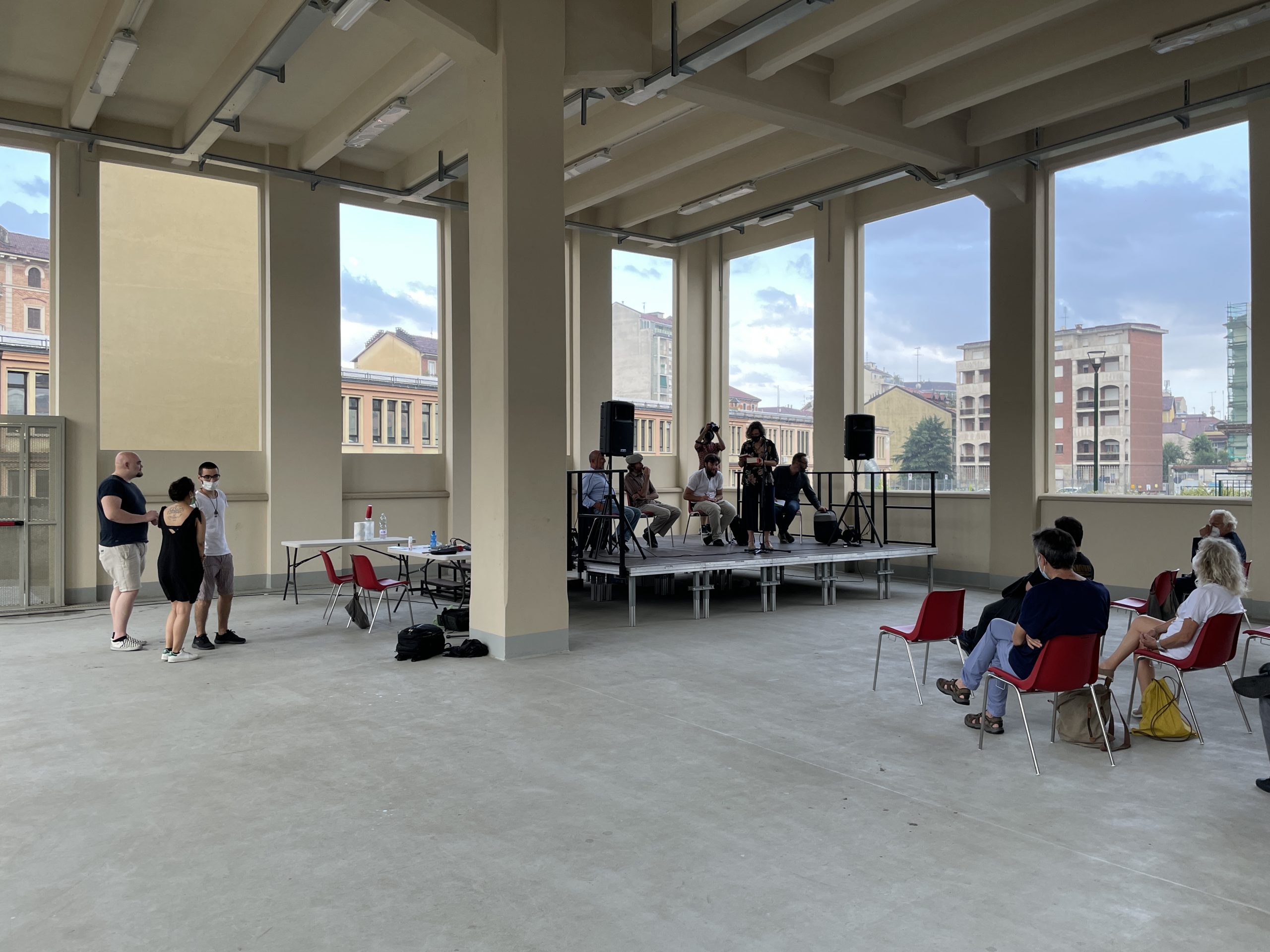Local communities and their local governments have two possible ways to cooperate. One is centred upon the use of public procurement for social purposes. The second is based on new forms of partnerships. The perspective of new types of partnerships that overcome the public-private binary and allow new forms of public-community or public-private-community collaboration is increasingly being discussed as a way to conduct strategies of urban regeneration. These approaches could be pioneered by applying Public Procurement for Innovation (PPI) and Pre-Commercial Procurement (PCP) procedures to involve civic actors in tendering for innovation therefore supporting to the EU Urban Agenda goals, as well as the EU Green Deal ones.
The relevance of public procurement for the involvement of NGOs and civic actors in urban sustainable development strategies
Within its legislative action on green and social procurement, the EU Commission is working to address the issue of how public procurement can best “integrate the demand-side function for social innovation and social entrepreneurship”.[1] The EU has indeed encouraged public buyers to develop opportunities for social economy enterprises, but the requirements (economic, legal and bureaucratic) to access the tendering processes are still difficult to achieve for most NGOs. This goal was transposed in national legislations in different ways. This includes the introduction of social considerations linked to the employment of disabled people, or to the promotion of gender equality and the promotion of employment in the public procurement process.[2]
More recently the EU Commission has increased its attention to Socially Responsible Public Procurement (SRPP) to achieve social impact outcomes through public contracts that go beyond the traditional tools (e.g. social clauses; reserved contracts) and a) embed community benefits or other economic empowerment stimulus and value sharing mechanisms; b) adopt risk-sharing partnership mechanisms rather than classical purchase of services, works, goods; c) introduce co-creation and pre-procurement consultation as a methodology to design the procurement process; d) foresee mechanisms to measure the impact. This is more than evident in some of the cases described in the recently published guidance of the EC[3].

New forms of partnerships that enable innovation and cooperation with civil society: examples from Italy
Although the approach described in the previous paragraph stimulates innovation and the creation of social impact, it does not promote decentralisation as an approach that includes citizens or city residents in general in the procurement process itself. The Urban Agenda for the EU recognises the potential of civil society to co-create innovative solutions to urban challenges and the newly adopted European Green Deal stresses the need to involve communities, local authorities, social partners and non-governmental organisations in the climate transition. In fact, the Urban Agenda Partnership on Social and Responsible Public procurement was created to bring together cities and regions, member states, observers and associations, EU institutions, stakeholders and expert organisation to research and assess how to facilitate more use of innovative and responsible public procurement.
The European Green Deal, just like the Horizon 2020 approach, is shifting the attention to the importance of the integration and participation of citizens in the elaboration and achievement of the objectives. The participation of civic actors/citizens currently refers only to the decision-making process and their contribution in terms of decision taken, which can be identified as a limited form of participation[7]. Local, regional, national and international governments are pursuing new tools to support the participation of citizens in Green Deal domains, which is active, sustainable and democratic.
The literature on urban innovation points to innovative procurement practices overcoming the business as usual PPP model of long-term innovation for public infrastructures and service provision[5]. Moving towards partnerships that involve civic society actors, city residents, and local communities starting from the pre-procurement phase would allow the risk of investing in innovative services and infrastructures to be shared amongst multiple actors. Besides, introducing end-users in the procurement process allows the development of collaborative and innovative solutions targeting local challenges and needs. The Urban Agenda Partnership on Innovative and Responsible Procurement, as mentioned above, recognised the potential of multi-stakeholder strategies, and especially public-social cooperation structuring co-creation processes with civil society, social innovators, local communities[6] to foster innovation and circular economy through procurement.
There are already examples of policies or laws introduced to establish forms of social partnerships for governing urban commons collaboratively or to deliver innovative urban welfare services. In some cases they foresee rewards for civic actors that give an active contribution, for instance, in the care and maintenance of urban public spaces, or promote sustainable habits, such as riding the bike to commute to work. In Italy, the Code for Public Contracts (law n. 50, 2016) introduced the “administrative barter”, which allows public administrations to provide rewards, even in the forms of fiscal and tax incentives, for citizens that carry out projects of public interest linked to the care of the city and urban regeneration.

Especially when it comes to the inclusion of city residents and civic associations, innovative procurement practices hold the potential to experiment new regulatory and governance solutions for the co-design, collaborative management, and implementation of urban regeneration projects as well as service delivery. The Agency for digitalisation of Italy, AGID, in cooperation with the Italian Ministry for Research and University (MIUR) launched a program of open innovation in Pre-Commercial Procurement to address challenges of national interest: health care digital innovation; food security; environmental protection. The goal of the open innovation process is to stimulate the participation of as much stakeholders as possible and promote in the consultation phase a process of mutual exchange between SMES, industries, civil society that could shape the way the challenge is framed and will encourage the development of solutions as responsive as possible to the needs of the actual beneficiaries of the services.
There are critical issues related to the involvement of city residents and civil society in general in public procurement procedures, related to expertise, knowledge and representation. If the civil society groups involved are not representative or do not possess the necessary knowledge and experience to actively cooperate with both public and private actors, there is an inherent risk that their role within a public procurement process will be meaningless, or even produce distortive or negative effects.[7]
Although the inclusion of city residents in pre-procurement phases or in the service design and implementation is said to reduce the risks linked to top-down complex urban regeneration projects, infrastructure development or service delivery; the literature on public-private-people partnerships (P4) sees increased public engagement as a strategy that “can help improve the development process by moderating the risk of unforeseen oppositions, building clear responsibilities and rights, and creating opportunities for public inputs”; scholars argue that “formulating such effective and genuine public engagement framework for PPP projects would assist government bodies (…) to better realise the changing public aspirations and demands for infrastructure planning and policy formulation”[8], the concrete implementation of innovative procedures entails a high degree of complexity at the local level. Building a framework where cities can feel free to experiment with innovative procurement procedures safely, share risk, receive support from advisors and policy capacity building processes is crucial.

There are examples of projects that promoted public-community partnerships, although they did not use or innovated any of the tools that the EU legal framework on public procurement offer to support the purchase of innovation (Public Procurement of Innovative Solutions or Pre-Commercial Procurement) but used traditional procedures of public tendering. For example, the city of Turin, with the “Co-City project” which also received funding by the Urban Innovative Actions (UIA) program. The project, beginning in 2017, studied and implemented collaborative management of urban commons as a tool to counteract poverty and socio-spatial polarisation. Through the Neighbourhood Houses Networks, city residents found the information necessary to support the drafting of proposals for different pacts of collaboration as well as the opportunities to meet other city residents interested in cooperating in efforts to take care or regenerate these same urban commons. These pacts of collaboration represent the key legal tools of the Co-City project, envisioned through a “Regulation for governing the urban commons”. Many of the pacts of collaboration implemented through the Turin project envisioned an innovative form of partnership notably seen through the “Via Cumiana” pact proposing the creation of a community centre starting from the regeneration of a factory in a former industrial neighbourhood. The regeneration operations are carried out through traditional public procurement, but the design of the project that will be awarded through the tender as well as the use of the building are co-created by citizens and the city through a phase of co-design that is precedent to the publication of the tender. Also, the local communities and NGOs that participate to the co-design and sign the pact will be the key actor in the co-management scheme, and will use the structures to carry out the project’s activities and will benefit from the revenues that they will eventually produce.

To enable the new forms of procurement above, the following four innovations/enablers can help:
- Legal tools: e.g. pacts of collaboration, contracts, social enterprises, agreements pursuant to the existing legal framework, Community Coops and Community Land Trusts;
- Governance: e.g. urban innovation brokers (third party facilitators that are either individuals or entities) can foster innovation in procurement processes, as they allow for the overcoming of barriers inherent to public sector service delivery. Also appaltiinnovative.gov.it as an example;
- Financial: social impact bonds, solidarity funding;
- Digital: digital and technological tools, which must be made available and accessible to all local actors.
Concluding remarks and possible resources for support
Innovative tools centred on new forms of cooperation between the public, social and private sector set forth by the public procurement and public contracts EU regulatory framework can enable, strengthen and amplify NGOs’ and local communities’ work, as well as involve city inhabitants and their informal, collective social aggregations. These types of partnerships can become the most important urban governance mechanisms to solve wicked problems cities have to face in the near future to adapt to and mitigate the effect of climate change. In addition they can become delivery mechanisms for social cohesion, social protection, COVID-19 recovery measures. In this way cities can therefore meet the goals of EU policies, chiefly the Next Generation EU, the EU Green Deal and the European Urban Initiative.
[1] Communication from The Commission to the European Parliament, the Council, the European Economic and Social Committee and the Committee of the Regions, Making Public Procurement work in and for Europe, COM(2017) 0572 final 2017 at 8.
[2] Executive Agency for Small and Medium-sized Enterprises (European Commission), Buying for social impact (2020) https://op.europa.eu/en/publication-detail/-/publication/b09af6a5-513a-11ea-aece-01aa75ed71a1 (last visited Sep. 8, 2020).
[3] A report, published by the European Commission, written with support by ICLEI, collected 71 good practice cases on how public buyers have implemented SRPP, in order to promote employment opportunities, decent work, social inclusion, accessibility, ethical trade, design for all and seeking to achieve wider compliance with social standards. In cases it is possible to find trace of these new features. See cases 13, 31, 33, 34, 38, 47, 51, 53, 65 of the Making socially responsible public procurement work report (2020), available at https://ec.europa.eu/info/making-socially-responsible-procurement-work-71-good-practice-cases_en.
[4] R.A. Irvin, and J. Stansbury, Citizen participation in decision making: is it worth the effort?, in Public administration review, 64(1), pp.55-65; T. Enright, and U. Rossi, Ambivalence of the Urban Commons, in K. Ward, A. Jonas, B. Miller, D, Wilson (eds.) The Routledge Handbook on Spaces of Urban Politics, Routledge, 2018, pp. 35-46; C. Mouffe, On the Political, Routledge, 2005.
[5] P. Marana, L. Labaka, & J.M. Sarriegi, A framework for public-private-people partnerships in the city resilience-building process, in Safety Science, 2018, p. 39-50; C. Oliveira Cruz, J.M. Sarmento, Public-Private Partnerships and Smart Cities, in M. Finger, N. Bert, M. Razaghi, D. Kuofer, K. Bouchard, (eds.), Regulatory challenges for smart cities, Network Industries Quarterly, 2017, Vol. 19, No. 3[Florence School of Regulation], [Transport] Retrieved from Cadmus, European University Institute Research Repository, at: http://hdl.handle.net/1814/48008.
[6] Henry Mintzberg suggests to define this category of actor as “plural”. See H. Mintzberg, Time for the Plural Sector, in Stanford Social Innovation Review (Summer 2015), available at http://www.mintzberg.org/sites/default/files/article/download/ssir_summer_2015_timeforthepluralsector.pdf.
[7] Carol Cravero, Rethinking the Role of Civil Society in Public Procurement, 14 EPPPL 30 (2019).
[8] S.T. Ng, J.M.W. Wong, K.K.W. Wong, A public private people partnerships (P4) process framework for infrastructure development in Hong Kong, in Cities, 2013, p. 370-381, 370-381.
Christian Iaione, professor at Luiss Guido Carli University, faculty co-director of LabGov – LABoratory for the GOVernance of the City as a Commons (www.labgov.city) and lead expert of the EU Urbact program for the Civic eState project.
This article appears in the book The Power of Civic Ecosystems: How community spaces and their networks make our cities more cooperative, fair and resilient.


